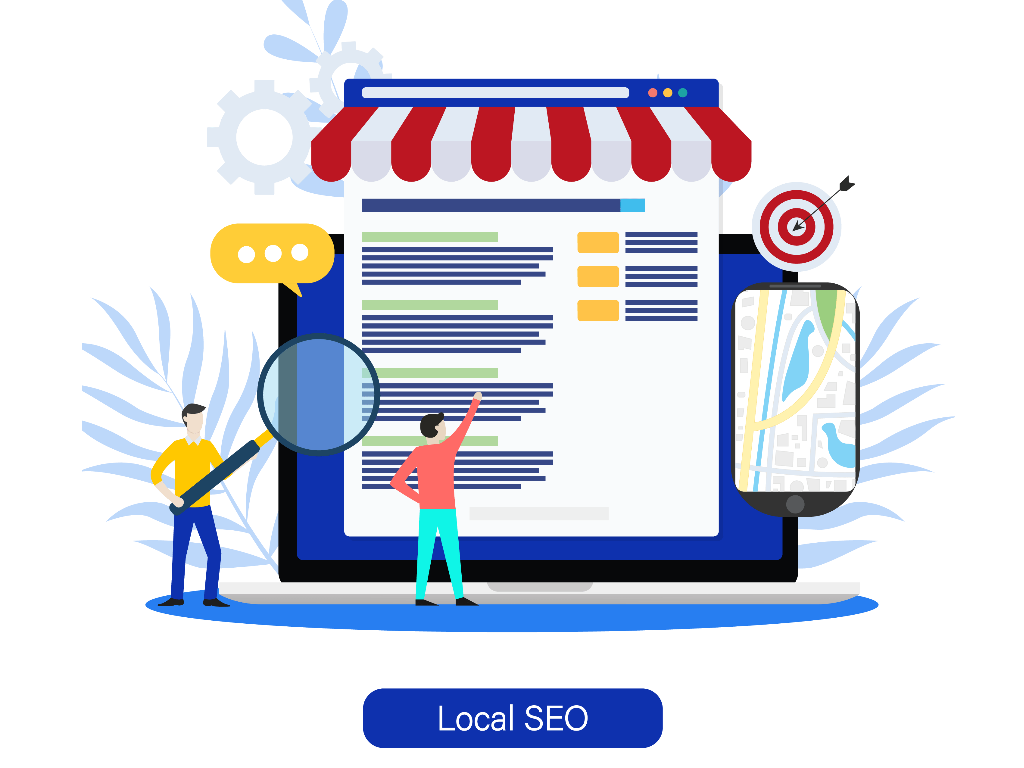
Local Online Marketing Made Simple
Local online marketing considers Search Engine Optimization (SEO), acknowledging and focusing on a proximity factor. In order to have a reasonable understanding of online marketing, it is important to comprehend how search engines work, recognizing important factors in the result ranking algorithm.
Most SEO strategies are based on years of trial and error of Google's ranking algorithm, so having insight into Google's methodology is important to anyone interested in improving their Local SEO strategy.
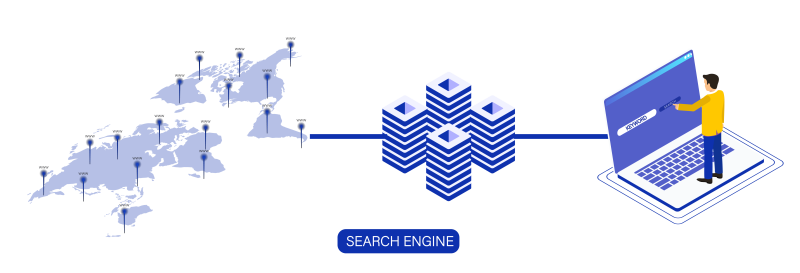
How do Search Engines like Google Work?
In order to rank search results, Google uses programs that visit and analyze web pages. These programs are called search engine crawlers to evaluate your website’s content. Search engine crawlers then index your page, allowing Google to rank results according to prominence and relevance in relation to the search query.
Search engine crawlers and indexing are very complicated, having their own algorithms and factors that SEO experts consider when optimizing web pages.
Results yielded by search engine crawling and indexing are heavily influenced by on-site SEO. There are a number of tools available to help you evaluate your website in relation to search engine crawlers. Utilizing these tools will allow you to improve your website, increasing your online visibility.
Google uses three main processes to rank results according to entered search queries - Crawling, Indexing, and Ranking. We will explore these processes before elaborating on how Local SEO can boost your website’s visibility.
What is Search Engine Crawling and Indexing?
Crawling is a mechanism used by Search Engine Crawlers that are also known as spiders or bots. Crawling required the search engine crawler to visit and download a page, also visiting and mapping out links published within the content. The crawlers explore each link on the page to evaluate relevance and similarities between content, similarities, and relevance between the content is one of many factors that can improve your on-site SEO performance.
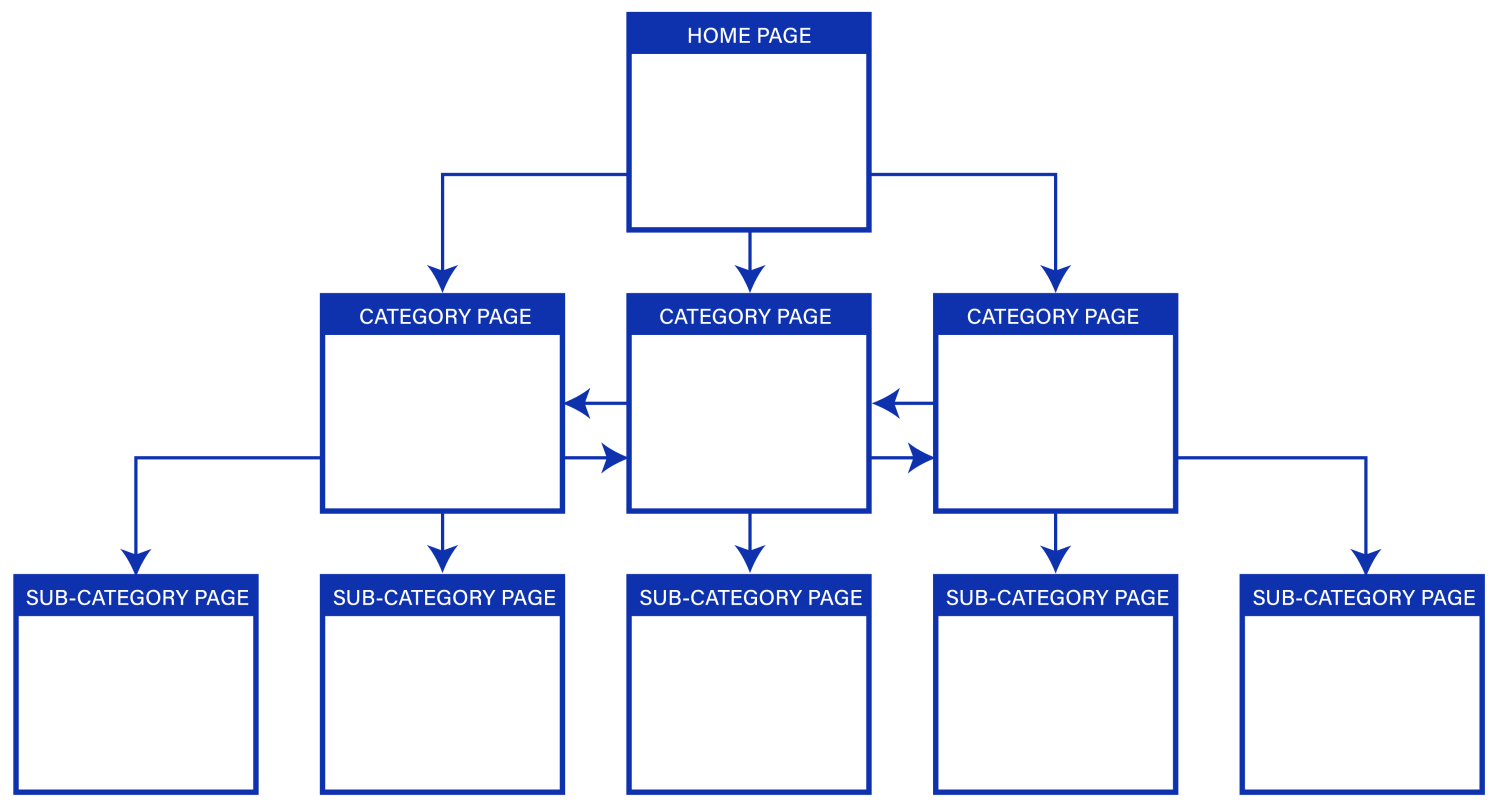
Search Engines like Google use their own Search Engine Crawlers to discover new content and update their index. It is important to understand that most SEO experts will base their SEO strategy on Google’s algorithms as Google is the most widely used search engine. As a result of this, most other search engine algorithms are very similar and therefore display similar results. Similarly, SEO experts consider Google’s web crawler bots as the majority for understanding the algorithm.
Crawlers analyze everything available on the page when they download it, this includes determining how often a page should be recrawled based on the presence of comments and frequency of updates. This means that known pages are re-crawled so that crawlers can detect and index changes to the page.
Although on-site SEO or technical SEO is almost entirely based on the behavior of crawler bots, the end goal is to improve indexing scores. It is important to understand that indexing allows search engines to quickly display the most relevant and prominent results in relation to the search query. As crawlers have already gathered information about a page previously and indexed it, the indexing process allows search engines to display thousands of results almost instantly. This is because the index already contains all the information about known sites and therefore the sites do not need to be re-evaluated each time a relevant search query is made.
Indexing was a very important improvement as technology became more prominent in society as it allowed faster search results, browsing speed, and therefore a better user experience. As the algorithm is constantly updating, Google is constantly focused on improving user experience, so it is vital to consider this through your on-site SEO strategy.
Web crawling and indexing is a complex process that includes thousands of factors. Our blog on “How to optimize your site for search engine crawling and indexing” covers these factors in more detail.
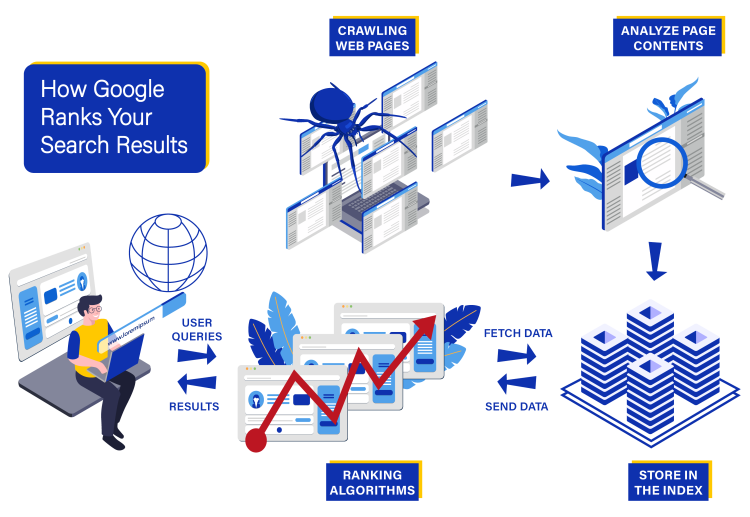
How Google Ranks Your Search Results
Google’s ranking algorithm is based entirely on information discovered and indexed by their search engine web crawlers. Google’s current algorithm isn’t fully known to SEO experts. However, as more search results are investigated and experts conduct more research, they gain a better understanding of the most important factors that can improve online visibility.
The search engine crawlers allow Google to rank the authority and usefulness of a page to the reader. Google’s algorithm evaluates keywords entered in the search query and then assesses the relevant pages, ranking them by pertinence and prominence.
What Factors affect Google Search Result Rankings?
Experts have been deciphering results to determine Google’s algorithm for a long time, through their research we now know that the algorithm considers over 200 known factors, with hundreds more still remaining unknown. Through many years of testing, the most prominent and important factors can be formulated into the following:
High-Quality Content,
Backlinks,
Search Intent,
Website Loading Speed,
Mobile Friendliness,
Domain Authority,
Keyword Optimization,
Website Structure,
Website Security,
User Experience.
Each of these factors also considers a range of elements. However, by taking a more simplistic approach, these 10 factors are rated the most important in terms of results ranking. Please see our other blogs on On-Site SEO and Off-Site SEO for more in-depth coverage of these factors.
Does Google’s Algorithm Change?
Changes to Google’s algorithm are widely known as “algorithmic updates”. Minor algorithmic updates usually occur daily, with major or “core” updates releasing an average of 4 or 5 times per year. The algorithm is constantly evolving, including new factors and tailoring the importance of existing variables so that each search query has revised more relevant ranking results.
Google’s algorithm updates are documented by a range of SEO experts. One site that provides a detailed list of Google’s algorithmic updates is Moz - https://moz.com/Google-algorithm-change.
Google’s algorithm frequently changes in order to provide better results to search queries. In more recent years, “long-tail keywords” are used, originating from an increased speech-to-text search query. This is due to technological advancements like Alexa, which have impacted search query quantity and types as they become more prominent in homes.
Similarly, as technology became more available in the home, with home computers and mobile phones, the algorithm changed to favor local or “near me” results. This was because as more people started to use search engines at home, more people were searching for local activities and businesses.
Now that you understand how search engines work, we can look at Local SEO in more depth.
What is Local SEO?
Search Engine Optimization is entirely based on improving online visibility on a range of search engines - usually focusing on Google. Local SEO is focused on search queries known as “near me” searches or search queries that mention a physical location. Some search queries also yield “near me” results even though they do not contain the phrase “near me” or any geographical location - this is something analyzed and determined by Google’s algorithm. An example of this would be a user searching for restaurant recommendations like “Pizza Restaurant” or “Ice cream Parlour”. Although there is no geographical aspect, Google can safely assume that the user is looking for food recommendations and as a result, they show local results.
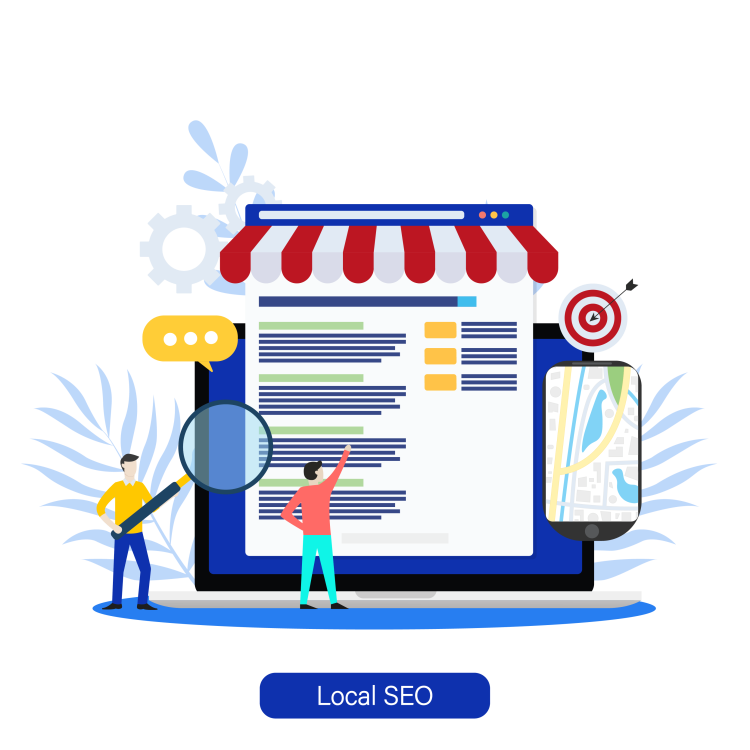
Any business with a physical location or geographical range can benefit from Local SEO as the techniques included in local SEO work as a form of online marketing. Local SEO is also more efficient at gaining web pages traffic from potential customers due to the locational factor.
How does the algorithm work for Local SEO and “near me” searches?
Google’s Local Search Algorithm differs from its main algorithm in 2 main ways. Of course, proximity to the user is promoted to a much more important factor to consider during ranking results. However, Google My Business (GMB) Listings are also presented during “near me” and geographical searches. This promotes businesses on Google Maps simultaneously.
This means that when a local search is made, Google My Business listings are one of the first things a user will see, so ensuring your business performs well in Google My Business will allow your page to rank better, increasing the chances that a user clicks on your business. Users also tend to trust higher-ranking pages on Google My Business since the complicated algorithm ensures that trusted businesses with verified information rank high.
What is Google My Business?
Google My Business is one of many online marketing tools provided by Google that helps businesses manage their presence on Google maps and Google searches. Google My Business also considers a range of factors, and through a lot of development has become one of the core features of Local SEO.
“Google My Business is a free and easy-to-use tool for businesses and organizations to manage their online presence across Google, including Search and Maps. To help customers find your business, and to tell them your story, you can verify your business and edit your business information.” - Google (Link here)
Google My Business also allows the Google Knowledge Panel (GKP) to display when users make search queries relevant to that business. Having accurate information that is supported and vouched as correct by other pages will ensure that Google’s algorithm is favorable to your business.
What is the Google Knowledge Panel?
The Google Knowledge Panel is what appears when a user performs a brand search. Searching for any business will present a range of data including the following:
Website Link,
Directions,
Business Summary,
Open times,
Business telephone number,
Geographical Address (if applicable)
Popular times,
Reviews.
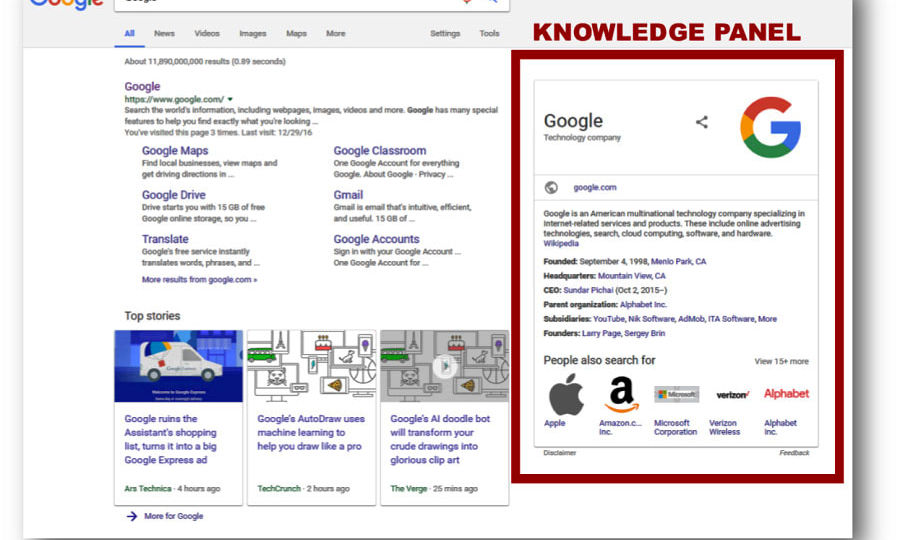
Google likes to provide relevant and trustworthy businesses to users then they make local searches. This means it is important to ensure the information found online about your business is correct. Having accurate information about your business published will allow the Google Knowledge Panel to supply the user with legitimate data. As Google favors reliable information regarding businesses, having an accurate and concise Google Knowledge Panel will improve your Google My Business rankings.
Ensuring that information published about your business online is concurrent will ensure that your Google Knowledge Panel is accurate and up to date, ensuring potential customers are more likely to visit your page or location. Google cross-matches information posted on your Google My Business with reviews, websites, and other online content - comparing the validity of the information provided.
Reliability and accurate information are influential factors in search engine result ranking algorithms, so is a great way to start your Local SEO strategy. To get more tips on starting your Local SEO campaign, see our other blog - “Local SEO Solutions – tips to boost your site.”
What affects Google My Business Rankings?
Google My Business presents business listings in order of relevance and reliability. Both of these factors are based on multiple of their own variables including the trustworthiness of information posted about your business. This means if multiple online sources contradict each other about key information about your business, your rank will decrease.
The primary factors that affect your Google My Business ranking are:
Name, Address and Phone accuracy,
Sufficient business description,
Correct business category and sub-category,
Favorable photos,
Attaining and responding to Google Reviews,
Using Google Posts effectively,
Answering customer queries (Q&A),
Reliable booking system,
Having a Google My Business short name.
Using Google My Business customer service channel,
Detail your products and services,
Call tracking,
Industry-specific Google My Business features.
Google My Business is an amazing SEO tool that has a large abundance of features. In order to fully understand how to utilize Google My Business, it takes a lot of practice and research. Google also has many other tools that will benefit your Local SEO Strategy. See our blog on “How to use Google’s SEO Tools” for a more in-depth analysis of each tool available to you.
What's the difference between On-Site SEO and Off-Site SEO?
Whilst both on-site SEO and off-site SEO improve your online visibility as a business, the differences are dependent on different algorithms.
On-site SEO relies on changes you make to your website in order to optimize it for web crawlers, indexing, and the result ranking algorithm.
Whereas off-site SEO is entirely SEO that is not on your page - most people would suggest that off-site SEO is more difficult since most pages are not created by you. However, when you have a few techniques mastered, off-site SEO can boost your reliability and trustworthiness significantly.

On-Site SEO
On-site SEO involves techniques that optimize your website, earning you organic traffic. On-site optimization allows off-site SEO to work more effectively.
Technical SEO
Technical SEO is a branch of on-site SEO which is more focused on optimizing your website for search engine crawling and indexing. Ultimately, the results of technical SEO are similar to on-site SEO - to improve results site optimization for indexing. However, as the name suggests, these processes are a bit more specialized.
Some key examples of what technical SEO can include are:
Sitemaps,
Meta tags,
JavaScript indexing,
Linking,
Website Speed,
Mobile-friendliness
Data analytics on keywords.
Our blog on “Crawlers, Indexing and Technical SEO” covers algorithms and data needed for technical SEO in more depth.
Why is on-site optimization so important?
Search engines like Google crawl and index your web page based on a multitude of factors that allows them to connect the user with results most relevant to the search query. Ensuring that your web page is up-to-date with Google’s algorithms is a key part of on-site SEO and will allow you to continue to gain online traffic.
How can I improve my on-site SEO?
On-site SEO (when not considering technical SEO) can be improved by ensuring your content is relevant and keyword optimized. However, since Google’s algorithms consider thousands of factors, it’s impossible to keep up to speed with all the variables. Some of the most important things to consider with your on-site SEO are:
Your content.
Google’s crawlers analyze your content to allow more relevant search results to each search query. Google’s algorithm has been adjusted over the years to favor user-friendly content that isn’t just a keyword dump. This means that having well-written content that is informative to your readers will benefit you in terms of online visibility.
Internal Linking and site structure,
Linking to other websites that support the information you publish will help with your reliability. Having a more reliable website that links to supporting content will boost as site structure is noted by crawlers. This means that having relevant links and backlinks is highly beneficial.
User intent,
The algorithm that Google uses is designed to provide relevant results to search queries. However, Google’s search engine crawlers also look at titles first hand. It is important to ensure that your content matches your titles and introductory paragraphs so that your page is uniform and deemed reliable. By doing this, the user intent is met, allowing you to move up the ranks over time.
Site Security,
Google values security on all of the pages that they present to the users - having unsafe or not secure sites could mean that Google is less likely to recommend your content and less likely to have returning users.
Mobile-friendliness,
In recent years, mobile phone usage has grown significantly. As the Google search results algorithm has also been updated and has evolved, mobile-friendliness has become one of the most important factors. So much so that we now measure site speed and mobile speed to ensure that both are up to scratch. Having mobile-friendly web pages allows faster loading and more happy users, relating to higher rankings.
Website speed.
Having adequate website speed is also extremely important as Google tends to recommend fast-loading sites. This is because slower sites are often opened and closed relatively quickly by users as they would prefer a quicker response to their website.
Off-Site SEO
What is off-site SEO and why is it so important?
Off-site SEO allows search engines to understand that your site is valuable to other sites, boosting reliability and relevance if the content is similar. Whilst on-site SEO is considered the most important SEO factor, off-site SEO acts as a tie-breaker between web pages with similar SEO ratings and relevance, considering reliability.
How can other web pages help my online visibility?
Links from other sites, also known as backlinks, act as a sign of endorsement from another website that your content is of high and recommendable quality. Having more high authority backlinks allows Google to understand that your site is trustworthy and will then rank higher than other pages without off-site SEO.
Types of off-site SEO
Adverse to on-site SEO, off-site SEO is a more broad range of techniques used, whereas on-site SEO can be categorized into different tactics. The main techniques used in off-site SEO include:
Brand Mentions
Commenting
Forums
Influencer Outreach
Social Networking, Bookmarking, and content marketing.
Questions & Answers,
Newsletters.
Backlinks
Applying SEO Techniques
Now that you have an understanding of Local SEO and all the tools and techniques available to you, it is important to evaluate your own content and consider how you could apply these approaches to improve your own online visibility.
We suggest you start with technical SEO and eventually work towards off-site SEO once your content is optimized.

